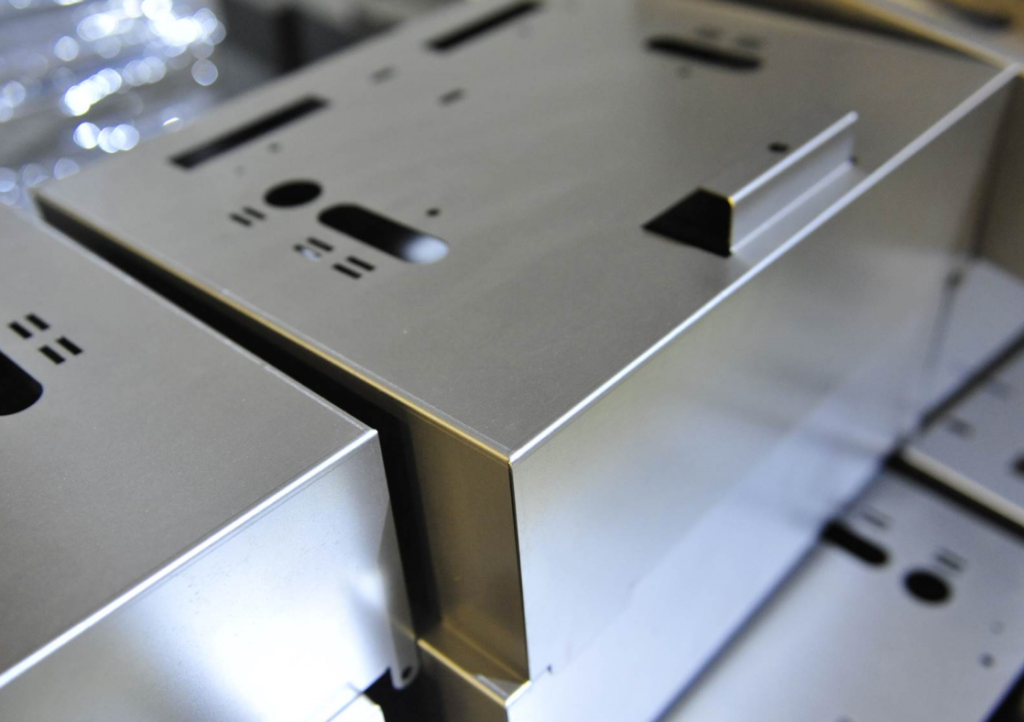Designing sheet metal parts requires careful consideration to optimize production efficiency and achieve superior results. Making the right design choices can significantly impact the overall success of a project. From selecting the appropriate materials to implementing advanced techniques, every decision plays a crucial role in the production process. In this article, we will explore essential design choices that can help you master sheet metal part production.
When it comes to sheet metal production, different types of materials are commonly used, each with its own unique characteristics. From steel to aluminum, the choice of material can affect the performance and durability of the final product. Factors to consider when selecting sheet metal material for a project include strength, corrosion resistance, and cost-effectiveness. Understanding the properties of each type of sheet metal is essential for making informed decisions during the design process.
Designing for manufacturability is crucial for optimizing production efficiency. By considering factors such as material thickness, bend radius, and tolerance levels, designers can create parts that are easier and more cost-effective to manufacture. Tips for reducing scrap and material waste can help minimize production costs and improve overall efficiency. Design strategies for minimizing production time, such as using standard tooling and efficient nesting techniques, can further streamline the production process.
Having the right tooling and machinery is essential for successful sheet metal . From shearing and punching to bending and forming, each process requires specific equipment to produce high-quality parts. Regular maintenance of equipment is crucial to ensure longevity and efficiency. Upgrading to advanced machinery, such as laser cutting and CNC machining, can improve precision and productivity, leading to superior production outcomes.
Incorporating advanced techniques into sheet metal can enhance the quality and efficiency of the manufacturing process. Laser cutting and CNC machining offer precise and consistent results, allowing for complex designs and tight tolerances. Case studies showcasing successful implementation of advanced techniques demonstrate their benefits in improving production outcomes and achieving superior quality in sheet metal parts.
Quality control is essential in sheet metal part production to ensure high-quality outcomes. Implementing inspection processes, such as dimensional checks and visual inspections, can help identify defects and inconsistencies early in the production process. Strategies for continuous improvement in quality control measures, such as training employees and implementing quality management systems, can further enhance the overall quality of sheet metal parts.

Reducing production costs without sacrificing quality is a common goal in sheet metal . Implementing lean manufacturing principles, such as reducing waste and optimizing production processes, can help achieve cost savings and improve efficiency. Conducting a cost-benefit analysis of different production strategies can help identify areas for improvement and streamline the production process for optimal results.
Building strong relationships with sheet metal suppliers and partners is essential for successful production projects. Working closely with suppliers to source high-quality materials and negotiate competitive prices can help reduce costs and ensure timely delivery of materials. Collaborating with partners in the production process, such as subcontractors and manufacturers, can streamline operations and improve overall efficiency.
Understanding the environmental impact of sheet metal production is crucial for promoting sustainability in the manufacturing industry. Implementing sustainable practices, such as recycling scrap metal and reducing energy consumption, can help reduce waste and minimize the environmental footprint of production processes. Tips for promoting sustainability in production, such as using eco-friendly materials and investing in energy-efficient equipment, can further support environmental initiatives in the sheet metal industry.
Staying ahead of emerging trends and innovations in sheet metal is key to remaining competitive in the industry. Advancements in technology, such as automation and 3D printing, are shaping the future of sheet metal . Strategies for integrating new technologies into production processes can help improve efficiency and quality, setting businesses apart from the competition.
Analyzing real-life examples of successful sheet metal production projects can provide valuable insights into best practices and strategies for achieving optimal results. By examining key factors contributing to the success of each case study, businesses can learn valuable lessons for improving their own production outcomes. From design choices to manufacturing processes, there is much to be gained from studying successful projects in the industry.
Mastering sheet metal production requires a combination of strategic design choices, efficient production methods, and a commitment to quality and sustainability. By implementing best practices and strategies outlined in this article, businesses can optimize production efficiency and achieve superior results in sheet metal manufacturing. Encouraging a culture of continuous improvement and innovation can lead to long-term success in the industry. Remember to take away key learnings and apply them to your own production processes for optimal efficiency and quality outcomes.